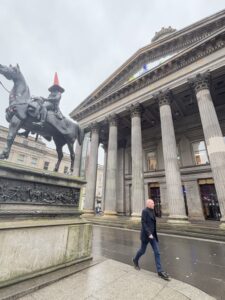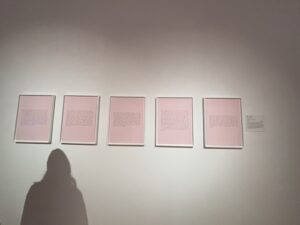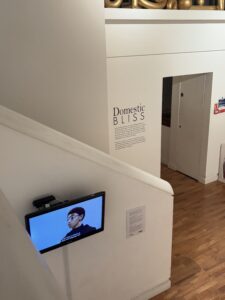To better find inspiration for exhibition planning, we went to Glasgow this week for research.
We first visited Jarman’s solo exhibition and its film introduction. The teacher specially invited a professional guide to give a guided tour. This made me deeply realize that there is a significant difference between watching the exhibition alone and interpreting it by myself and understanding the works under the guidance of a professional guide. In the absence of explanations, the audience often relies on their knowledge background, and intuition to interpret the works. At the same time, professional guides can provide the artist’s creative intentions and the social and cultural context behind the works so that the audience can grasp the level of artistic expression more comprehensively. This comparison made me think about how to provide appropriate information support while ensuring the audience’s autonomous experience in curatorial practice so that the exhibition can not only stimulate individual independent thinking but also help the audience to have a deeper understanding of the works and the issues involved.
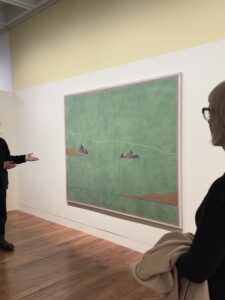
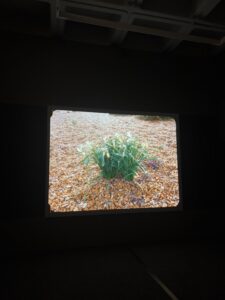
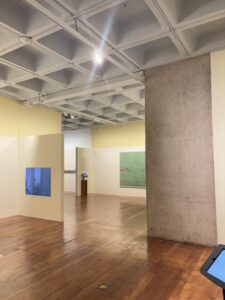
Then, we visited the Hunterian Museum. The main audience groups of this museum are scholars, researchers, and the public interested in medicine, natural history, and anatomy. Compared with general museums, the threshold for understanding its exhibits is higher. This made me think further about how to ensure academic depth while improving the comprehensibility of the exhibition when planning feminist-related exhibitions so that a wider audience can gain something. In contrast, the exhibition of works at Downstairs Gallery is more traditional, and the attraction of the exhibition to the audience mainly comes from the diversity of the works themselves. Although the gallery has certain characteristics, if it can further emphasize the dialogue between the works and the audience, and enhance the audience’s sense of participation and understanding through careful planning, it may enhance the influence of the exhibition.
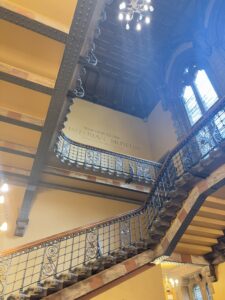
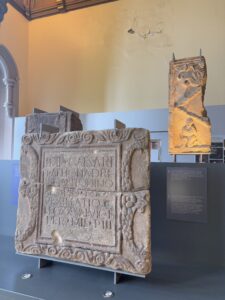
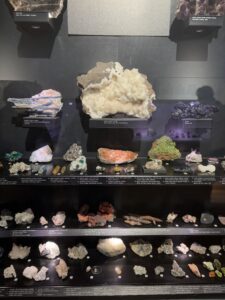
In the afternoon, we visited Maud Sulter’s exhibition You Are My Kindred Spirit. This exhibition not only focuses on female identity and the historical narrative of black women but also constructs a dialogue that is both private and political through the combination of images and texts. Sulter’s work made me realize that art is not only a medium for expressing personal experience but also a tool for revising history so that long-ignored voices can be seen and heard. At the same time, this also prompted me to think about how to use similar methods in my curatorial practice to make the intersection of feminism and racial issues more clearly presented.
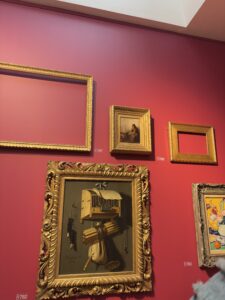
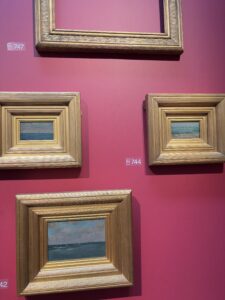
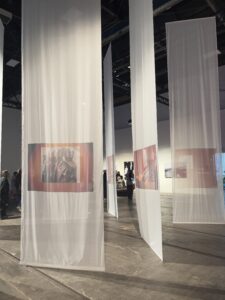
Finally, we came to GoMA (Glasgow Modern Art Gallery). Compared with the exhibitions we visited before, the curatorial strategy here pays more attention to the audience’s sense of participation and interactivity, and the exhibition space, exhibition methods, and work selection all reflect a distinct contemporary nature. This made me realize that an exhibition is not only a display of works but also a construction of a viewing experience. Under different curatorial strategies, the role of the audience is constantly changing. Sometimes they are observers who passively receive information, and sometimes they become active participants in discussions and interpretations. In feminist-related exhibitions, curatorial strategies directly affect the audience’s understanding and experience of the exhibition content. Through reasonable spatial arrangement, media use and narrative methods, exhibitions can strengthen the connection between the audience and the works, thereby stimulating deeper thinking and dialogue.
